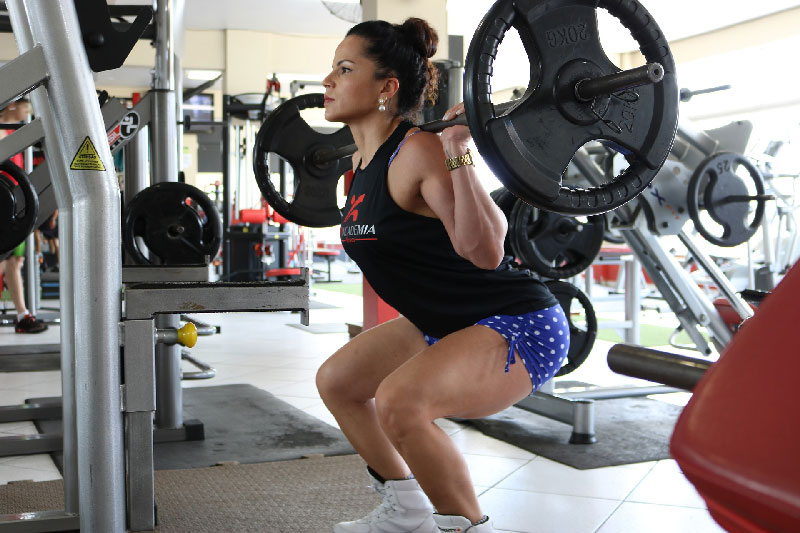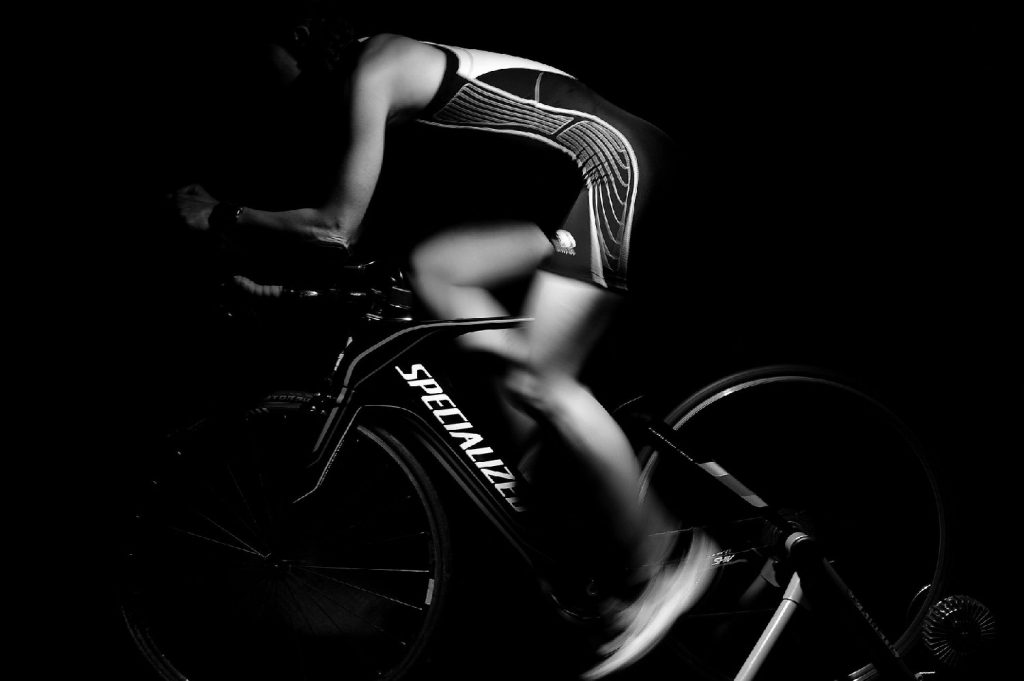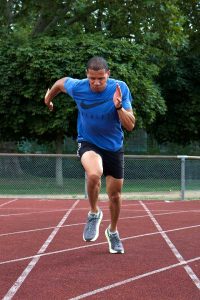Health Q & A is a LKN Connect Health & Wellness column published every two weeks. The readership is invited to submit questions falling within the fields of health promotion, wellness, and disease prevention. Content areas can include nutrition, diet, weight loss, supplementation, fitness, exercise, stress and anxiety, ancestral health, and epigenetics among others. Please direct questions for Health Q & A directly to Wayne Coolidge wayne@healthydynamic living.com

John W. asks: I hear a lot about “functional fitness” and “high intensity interval training” (HIIT). What are they and how do they differ from traditional fitness training?

This question, if answered in its entirety would require two lengthy explanations. Functional training and high intensity interval training (HIIT) are both extremely beneficial training systems, especially when performed together. You may remember that I answered the “functional fitness” part of the question in last week’s column. This week I’ll focus on high-intensity interval training (HIIT).
HIIT is not easy and not without risk.
Benefits can be substantial including peak cardiorespiratory fitness and body fat elimination. HIIT training is also a time saver. Because of its intensity, training for more than 25 to 30 minutes is too long.
What is HIIT and how does it work?
HIIT requires the lungs to utilize the full capacity of their volume. We seldom, likely never, work at intensities that require full lung expansion.
The upper limit of fully expanded lung volume is called vital capacity. HIIT requires upper limit oxygen consumption and expands lung volume (vital capacity) as increased demands for oxygen are made.
Some health professionals rate poor vital capacity, as the best indicator for potential early death. HIIT makes your body super-efficient physiologically and better adapted to face trauma, assault, and other physical challenges.

The mechanics of HIIT
What is an interval?
Perform functional fitness movements consecutively as a means of elevating your heart rate to a specified level. That level will be the heart rate that corresponds with what is called “anaerobic threshold.” When the threshold is reached shut down activity and let the heart rate recover to its resting level. This sequence would complete an interval.
The intensity required varies from person to person
When fully recovered attempt the next interval. Persons who are extremely out of shape may only have to walk briskly for a short distance before their heart rate climbs to their target. Exercisers in great shape may have to use several exercises, ending with extremely intense movements to get there.
What is your goal? Strength or endurance?
Intense exercises like sprints or kettle bell squat thrusts may be necessary to get the desired effect. If your goal is to increase strength and power, utilize more resistance (weight) training movements. If the goal is to increase endurance, rely on those type of movements. I personally coach people to blend both training principles into their routine.
Anaerobic threshold: What is it and how do I know when I get there?
At high training intensities, the body’s demand for fuel isn’t met via the aerobic system, and it goes anaerobic (without oxygen). You’ll recognize this oxygen debt as the point at which you’re unable to catch your breath.
This stage is technically called “anaerobic threshold.” At threshold, oxygen breathed in isn’t enough to fuel hard-working muscle tissue. The muscular system, desperately needing to keep moving, uses glycogen to continue activity. When you become totally “gassed” you have probably reached your personal threshold.
How HIIT results in fat loss
The body is extremely uncomfortable performing at these high heart rate ranges and, in my estimation, perceives a threat related to fight or flight.
The body, in self-protection mode, prioritizes the storage of glycogen in the muscles to be converted to glucose for fuel. This is the key! It creates glycogen by utilizing stored fat.
ALWAYS consult your doctor …
I suggest consulting with your medical professional before starting any new fitness regimen. Medical consultation should be sought before attempting HIIT since you will be working in near maximal heart rate ranges.
In addition, this type of training program is not for everyone — if you are interested in HIIT, I suggest that you hire a professional fitness coach or attend a class once gyms and fitness centers are open again.
 Wayne Coolidge, Jr., M.Ed., CHES is an author, speaker, and innovative Health Promotion Scholar-Practitioner. He owns Wayne Coolidge Health Promotion, a consulting firm specializing in healthy aging, nutrition, nutritional supplementation, fat loss, fitness, and disease prevention. His expertise is designing lifestyle-optimization strategies leading to positive genetic expression, controlled cellular aging, health, and wellness. He has accumulated more than 31,000 hours of one-on-one training and personal consultation experience over a 37-year career. Wayne’s web site www.waynecoolidge.com. You can email him at wayne@healthydynamicliving.com.
Wayne Coolidge, Jr., M.Ed., CHES is an author, speaker, and innovative Health Promotion Scholar-Practitioner. He owns Wayne Coolidge Health Promotion, a consulting firm specializing in healthy aging, nutrition, nutritional supplementation, fat loss, fitness, and disease prevention. His expertise is designing lifestyle-optimization strategies leading to positive genetic expression, controlled cellular aging, health, and wellness. He has accumulated more than 31,000 hours of one-on-one training and personal consultation experience over a 37-year career. Wayne’s web site www.waynecoolidge.com. You can email him at wayne@healthydynamicliving.com.
Photos courtesy of Pixabay.com
The views, thoughts and opinions expressed by our writers
belong solely to them and do not represent
LKNConnect.com, its publisher or its staff.




